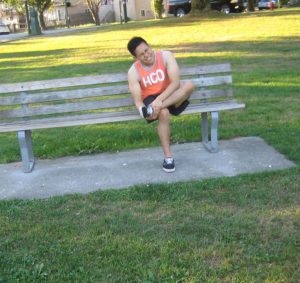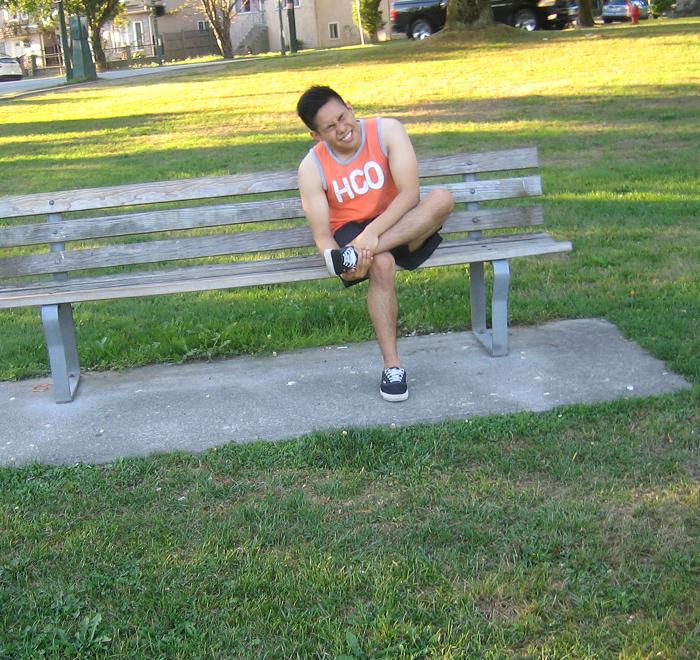Tarsal tunnel syndrome is caused by recurrent pressure that impairs the posterior tibial nerve. Compression of the nerve due to consistent pressure causes damage to the tibial nerve.
Symptoms of tarsal tunnel syndrome
- At first, pain, tingling and numbness sensations on the sole of the foot
- Pins and needles sensations
- Sharp and shooting pains
- Burning sensations
- Lastly, electric shock
Causes

- Bony growths in the tarsal tunnel
- Severely flat feet and stretches the tibial nerve
- Inflammations due to arthritis
- Varicose vein that forms in the area can compress the tibial nerve
- Injuries or trauma such an ankle sprain or fracture and cause swelling and inflammation
- Masses and lesions such as lipomas or tumors that forms near the tibial nerve.
- A condition such as diabetes makes the nerves more susceptible to compression.
Treatment
- Prescribed anti-inflammatory medications to lessen the inflammation and compression of the nerve.
- Rest the affected area. Generally, avoid performing activities that causes pain on the area and worsen the condition.
- Apply an ice pack on the area for at least 10-15 minutes to lessen the inflammation and the pain.
- Compress the area using an elastic bandage wrapped around the affected area for proper flow of blood of blood in the area and lessen the swelling and the pain. In addition, the wrap should not be too tight to prevent problems with circulations.
- Elevate the area above the level of the heart to lessen the pain and the throbbing of the area
- Prescribed steroid injection to the area to lessen the swelling
- Prescribed braces and splints to prevent unnecessary movements and compression of the foot.
- Wear custom made shoes for flat foot that gives proper support for the aches of the feet.
Tips
- Take a rest between prolonged walking and standing. Change positions to lessen stressing the tarsal tunnel and the tibial nerve.
- Proper warm up before performing strenuous exercises to prevent damaging the structures around the nerve and lessen compression.
- Use wraps or brace when performing athletic activities especially on uneven surface.
- Wear properly fitting shoes and orthotics to lessen straining the affected area. In addition, tie shoe laces properly and not too tight to prevent injury to the area.
- Perform exercises to strengthen muscles of the lower leg and lessen ankle and leg injuries
- Flexible muscles in the lower leg keep foot in proper alignment and lessen pulling on the tendons when resting.
FACT CHECK
https://en.wikipedia.org/wiki/Tarsal_tunnel_syndrome
https://www.foothealthfacts.org/conditions/tarsal-tunnel-syndrome
